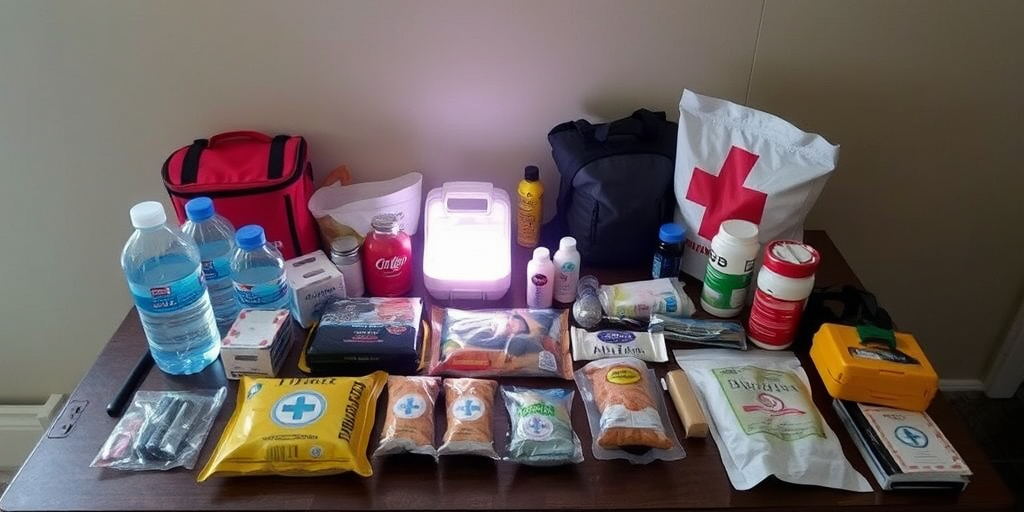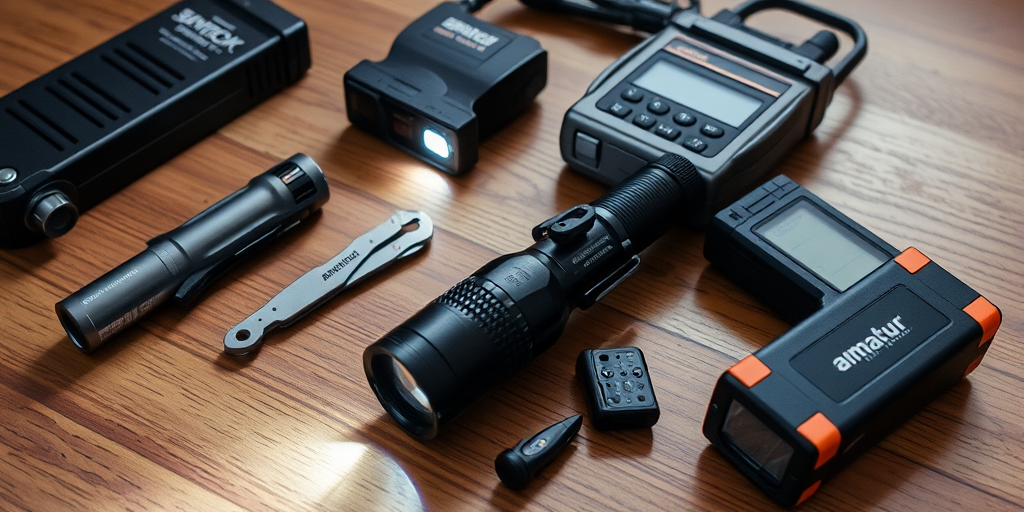Have you ever wondered if your emergency kit could mean the difference between safety and chaos? In today’s unpredictable world, understanding the 72-hour kit’s advanced components isn’t just practical—it’s essential for bolstering readiness.
This comprehensive kit, designed with specific survival supplies and military-grade tools, offers actionable strategies for immediate response in a crisis. We’ll delve into how each critical element—from water and food to communication devices—serves a vital role, ensuring you’re prepared to face unforeseen emergencies with precision and confidence.
Detailed Breakdown: Food, Water, and Medical First Aid Items for the 72-Hour Kit

A 72-hour kit must include consumables that sustain life during short-term emergencies by delivering immediate nutrition, hydration, and medical support. The water supply is designed around a minimum of 4 liters per person per day, with extra water stored in 20- to 25-liter jerry cans for washing purposes.
Food components in the kit are carefully selected to include shelf‐stable food rations such as military ration packs, freeze-dried meals that need only boiling water, musli bars, granola bars, and tinned goods like sardines and crackers. These provisions ensure that energy needs are met efficiently during critical situations.
- Water containers and jerry cans
- Shelf-stable food items
- Freeze-dried meals
- Comprehensive first aid supplies
- Essential prescription medications
These items provide a robust foundation for immediate survival as they cover the core consumable requirements. Clear guidelines on consumable storage and rotation guarantee that food and water remain safe and effective in emergencies while safeguarding nutritional value. Integrating these items ensures the kit is versatile enough to support both minimal and extended crisis periods, allowing users to adapt to rapidly changing circumstances on the ground.
Medical supplies in the kit are equally vital. A comprehensive first aid component should include plasters, antiseptics, and non-prescription drugs, such as ibuprofen and paracetamol, alongside any necessary prescription medications to handle pre-existing conditions or injuries. This detailed breakdown, combining water, food, and medical essentials, reinforces the kit’s purpose: to equip individuals with practical, long-lasting supplies that secure readiness and promote survival during unforeseen events.
Storage, Maintenance, and Upkeep Guidelines for Your 72-Hour Kit

A critical aspect of readiness is establishing a systematic storage solution for your 72-hour kit. The recommended container—a 64-liter plastic stacker box—efficiently organizes power packs, batteries, food, and candles. Ensuring that the kit occupies a designated, easy-to-access location minimizes delays during emergent situations. Consistent inspection and upkeep not only protect the integrity of the supplies but also optimize operational efficiency when rapid deployment is required.
- Regular expiration checks
- Cleaning and testing of electronic devices
- Secure storage of important documents
- Rotationally replacing perishable items
- Easy accessibility for rapid deployment
In addition to these maintenance practices, it is imperative to store unused items such as N95 masks and maintain cash reserves in small bills specifically for emergencies. Duplicate personal documents should be included as part of your crisis resource collection to ensure all vital information is safeguarded.
By following these guidelines, military enthusiasts and preparedness professionals can guarantee that every supply within the kit remains functional and ready for action. This structured approach not only extends the lifespan of the kit’s components but also solidifies your preparedness checklist in the face of unpredictable events.
Final Words
This piece has highlighted emergency supplies, food, water, first aid, and critical communication and rescue tools, emphasizing comprehensive tactical readiness.
The discussion covered storage and maintenance practices to keep supplies reliable.
Understanding what is in the 72-hour kit empowers you with immediate survival tactics and strategic preparedness.
This proactive approach ensures you stay ready for any unforeseen situation, boosting confidence and operational effectiveness.
FAQ
Q: What essential items should be in a 72-hour emergency kit?
A: A comprehensive 72-hour kit includes water (4 liters per person daily), non-perishable food (4,000-5,000 calories), lighting sources, communication devices, first aid supplies, and multi-purpose tools. These items ensure survival during short-term emergencies.
Q: How much water should be stored in a 72-hour kit?
A: Store 4 liters of drinking water per person per day, plus additional water for washing. Use 20-25 liter jerry cans for efficient storage and transportation during emergencies.
Q: What food items are recommended for a 72-hour kit?
A: Include military ration packs, freeze-dried meals, granola bars, tinned sardines, and crackers. These items provide necessary calories and nutrition while maintaining long shelf life.
Q: What communication devices should be included?
A: Pack a hand-crank radio or ham radio (like Bow Fang UV5R) for emergency broadcasts, plus backup power units such as Go Zero Sierra 100 PD for charging smartphones.
Q: How should a 72-hour kit be stored and maintained?
A: Store items in a 64-liter plastic stacker box in an easily accessible location. Perform regular checks for expired items, test electronic devices, and rotate perishable supplies quarterly.
Q: What medical supplies belong in a 72-hour kit?
A: Include a comprehensive first aid kit containing plasters, antiseptics, pain relievers (ibuprofen, paracetamol), and necessary prescription medications for all family members.
Q: What lighting and power options are essential?
A: Pack head torches (both rechargeable and battery-operated), portable lanterns, candles, and backup power banks. Include multiple lighting sources for redundancy.
